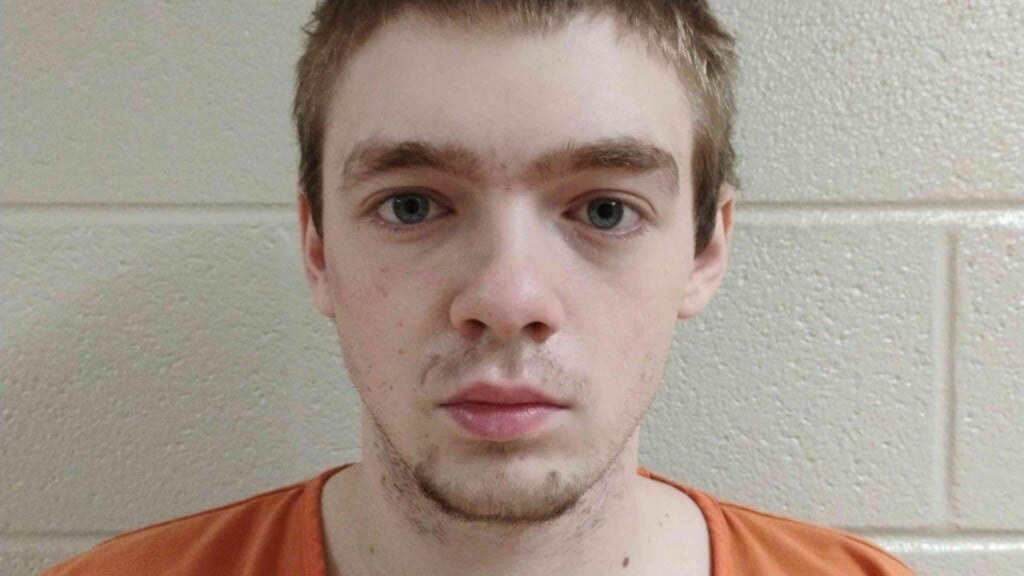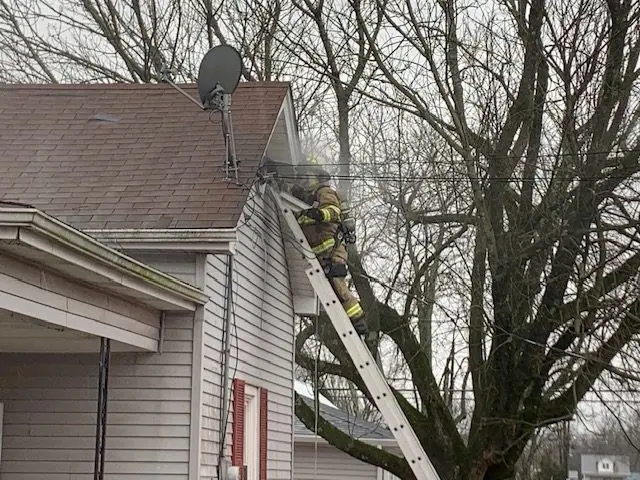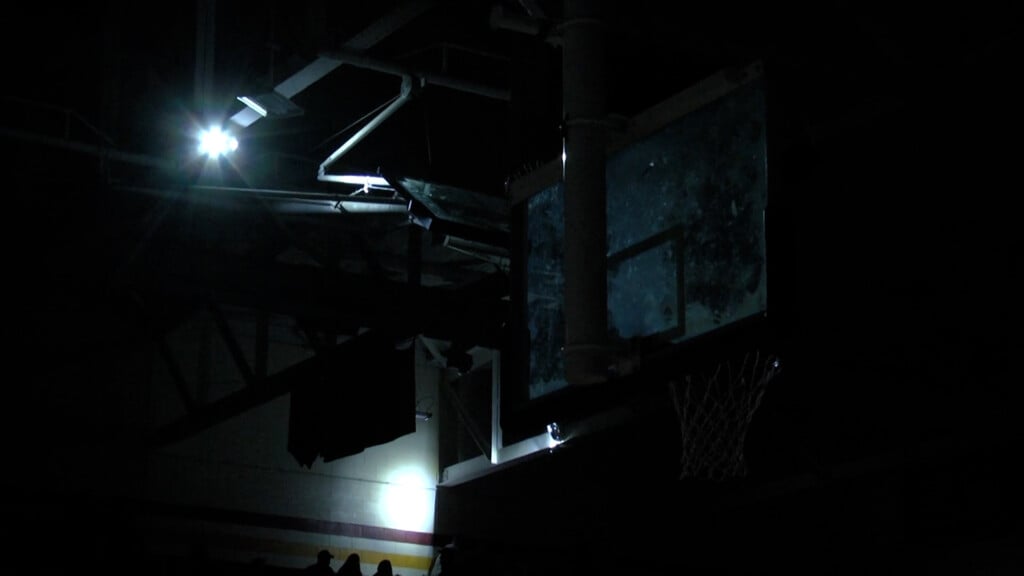News 40 Weather Reports: Bowling Green’s “Fairview Lake” adds warning system
BOWLING GREEN, Ky. (WNKY) – In Bowling Green’s Fairview Plaza, a place locals have dubbed “Fairview Lake,” flooding has been a problem for decades, and officials say the cause dates back generations.
“This spot was a known sinkhole 75 years ago, and Mother Nature still wants to drain all the water from this area right here,” said Bowling Green Public Works Director Andy Souza. “The problem is, the cave system just can’t take the amount of water coming off all this hard surface.”
Souza said there is “no natural aboveground drainage points for this part of the city,” adding, “This is the natural drain. Always has been. And potentially always will be,” he said about the private-property plaza.
A new solar-powered light system has been installed to warn drivers before they enter the flooded area. “These are only going to turn on when we hit about a foot on the ground,” Souza said. “There’s a float that activates the lights, hopefully big red sign, flashing lights, maybe some folks will turn around.”
Souza included that while there has been many years of this problem, the fix is quite expensive. “This is a very, very expensive fix to do. So. We think we have the best answer. And when I say expensive, we’re talking millions upon millions and millions of dollars for something that honestly, if we just have a proper awareness, turn around. Don’t drown, I think I think we have a winning solution,” He said.
The lights, he explained, are “sort of the opposite” of the float in your household toilet. “Once the water comes down, the floats are going to rise and it’s going to activate our lights,” Souza said.
Researchers from Western Kentucky University’s Center for Human GeoEnvironmental Studies (CHNGES) are also gathering data at the site. “We have a pressure transducer that measures water level for us so we can understand how much water is flowing through the system under different storm events,” said environmental projects manager Adam Desloge. “All of that helps us to understand how the system works here, to hopefully mitigate people driving through here.”
Desloge said the sensor “collect[s] data every single minute at the top of every minute” and that “we download it every week, we have hundreds of thousands data points for just one week alone.”
Souza emphasized the safety message for drivers: “Turn around. Don’t drown. Even a foot of water can stall your car and put you in danger.”
For more information about WKU’s CHNGES or their HydroAnalytical program, visit https://www.wkuchnges.com/hydro-analytical.




